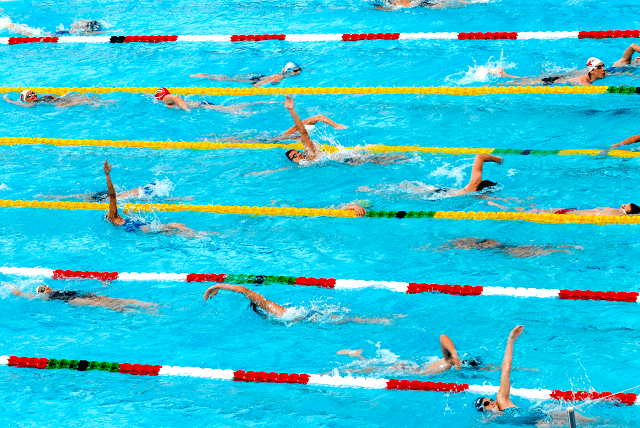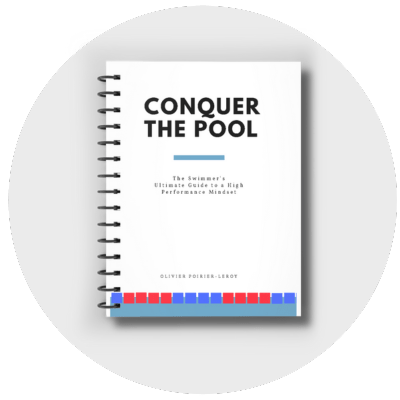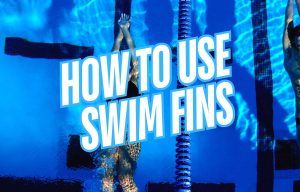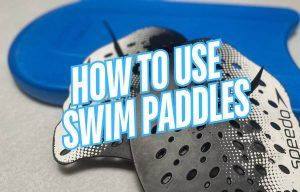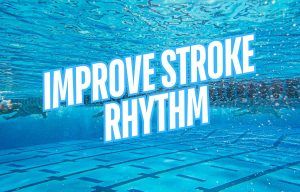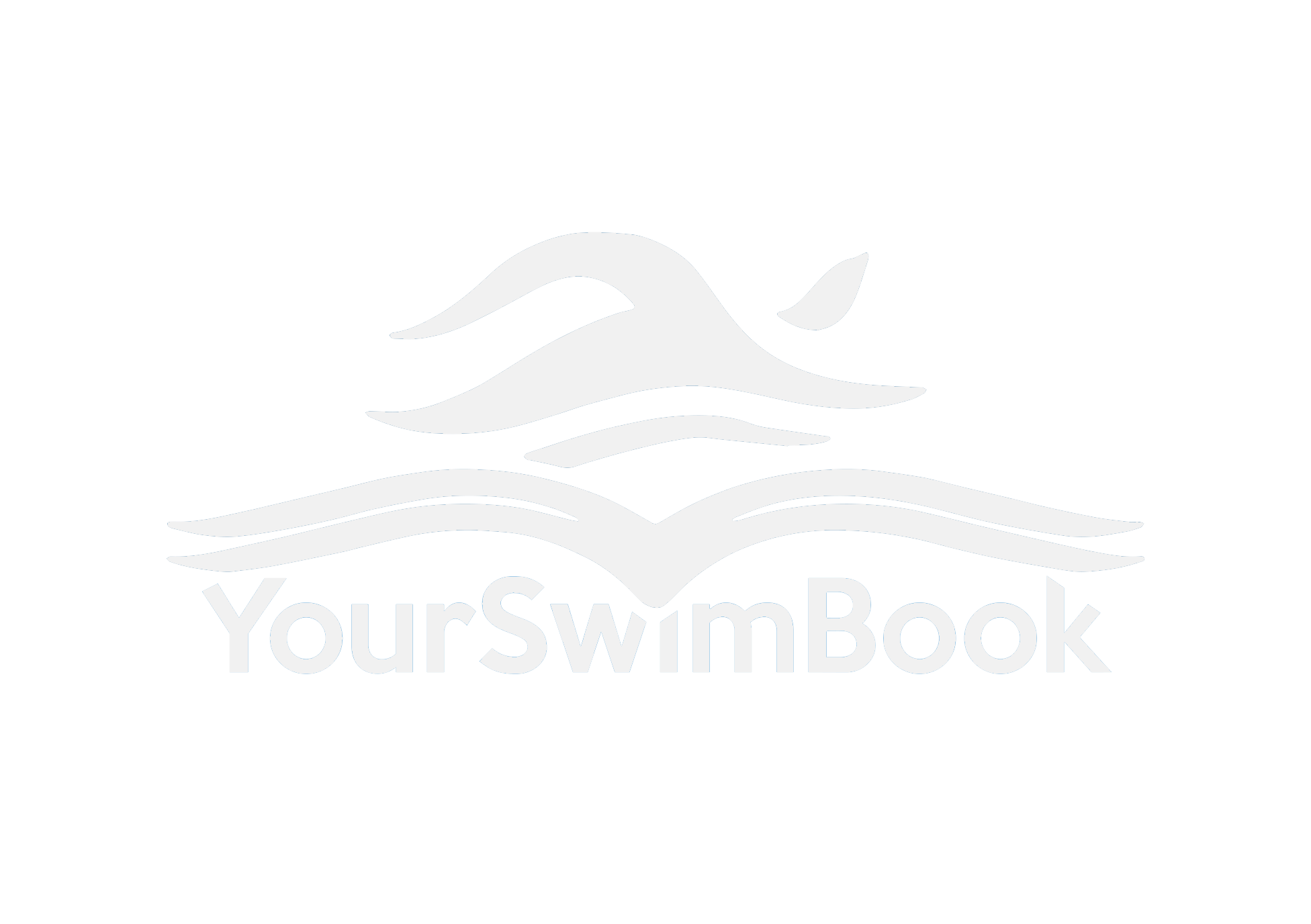Wanna hear a boring way to swim way faster this year? It’s not some super sweet new technique or super-dee-duper suit.
It’s the habit of managing your recovery from training.
Staying ahead of your recovery needs means that you get worn down less, are less likely to get injured, and because you can bounce back faster and sooner, your future workouts will also be extra awesomer.
Here are 5 ways to kick-start your recovery after your swim practice so that you can spend less time limping around and more time whopping the competition:
1. Sleep More.
Yes, finally!
Guilt-free sleep ins. In fact, if you want to not only recover more quickly, but also swim faster, this is the easiest way to do so.
Research done at Stanford with the men’s and women’s swim teams showed that after 6 weeks of an extra 1-2 hours of sleep per night swimmers improved in terms of reaction time, flat out speed, and even turn quickness.(15m sprint times were an average of half a second faster. That’s a lot.)
Finding those hours can be challenging for the student-athlete, with your time being pulled in a thousand different directions with assignments, studying, training, and what passes for a social life, but with a little time management and implementing some basic sleep strategies you can certainly find that extra 1-2 hours of sleep per night.
2. Forget ice.
In my younger days I – like nearly every other swimmer on the planet – used ice regularly to calm the rabid inflammation that was occurring inside my shoulder. Little did I know that while the ice helped to numb the pain within my shoulder, it was doing little to heal the overuse injury.
Recent research has shown that ice actually slows down the body’s natural inflammatory response while also reducing muscle and nerve activity in the iced area.
SEE ALSO: How to Prevent Swimmer’s Shoulder
Yes, it actually prolonged inflammation and has even been shown to make injuries worse by not allowing the body to flush out waste products in the inflamed area.
3. Fuel up properly.
For us two-a-day swimmers staying on top of your nutrition is critical. Have a protein-carbohydrate combo ready post-practice to jump start glycogen recovery, especially after your AM workout to boost recovery between sessions.
You’ve probably been told that you need to chow something down within 30 minutes to 2 hours of completing your workout, but research has shown that this is only really important if you are training again within an 8 hour window (which for most swimmers is entirely possible).
This will require some planning on your part if necessary; as a high school swimmer I left for morning practice and didn’t get home until after PM practice, meaning that meals had to planned and packed in advance. (For more ways to get your nutrition habits under control check out this little guide written specifically for swimmers.)
4. Hydrate!
We have all been told a kajillion times that we need to drink lots of water. Why? Because we want to avoid becoming dehydrated. But what does that really mean, and does it make a difference if we aren’t hydrated at the tail end of our swim practice?
Apparently it does – water serves to flush toxins and kick-starts the muscle recovery program your body has in place.
For especially intense days of training combine your water intake with an electrolyte-based beverage (electrolytes are important because they help to regulate bodily fluids, with sodium and chloride in particular which take care of muscle & nerve function and blood pressure).
Remember that you should be staying watered-up during your swim practices as well; even though you might not want to sip on water being in a large pool, swimmers sweat in the water.
FAQ: How much water should I be drinking after my workouts? For every pound lost drink 16-24 ounces.
5. Assault soreness and knots with a foam roller and a lacrosse ball.
For those of us who don’t have a masseuse on 24/7 stand-by, employ the 1-2 punch of a top foam roller and your favorite massage ball to work out soreness and knots.
Using a foam roller in particular will improve circulation and promote blood flow to targeted areas, which will help to flush out any waste products that are hanging out in your muscles.
Another great reason to use these bad boys is to knead out knots you have in your swim-centric muscles.
Those knots limit mobility and can increase the likelihood of overuse injuries, so keep on top of them and keep your shoulders and hips loosey-goosey.
Swimmers should especially be hitting their lats, upper back (use the lacrosse ball to get into your scaps), and pecs.


